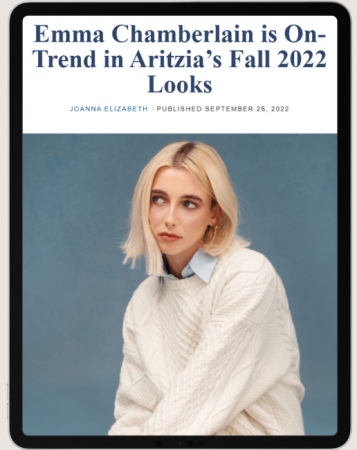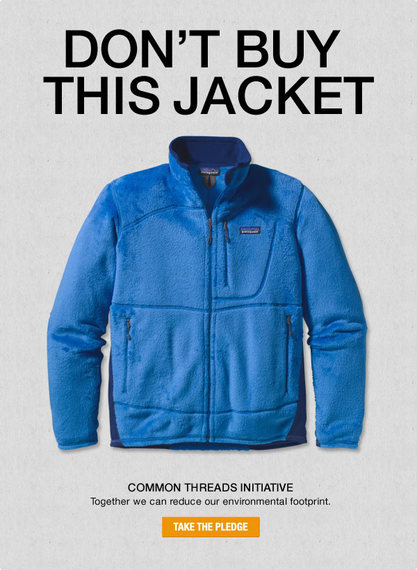In the fast-paced and ever-evolving world of fashion, market segmentation emerges as a crucial driver for brands to conquer the industry and achieve unparalleled marketing success. Understanding the diverse needs and preferences of customer segments is the key to fashion brands’ ability to craft personalized approaches, elevate customer engagement, and establish an indomitable brand identity. By deploying effective segmentation strategies, fashion brands can seamlessly connect with diverse customer segments, deliver tailor-made experiences, and emerge victorious amidst fierce competition.
Understanding Market Segmentation in the Fashion Industry
Purpose of Market Segmentation
Market segmentation is the process of identifying and understanding distinct customer groups within the fashion industry. Today’s fashion market is shaped by consumers who prioritize sustainability, health, and have evolving attitudes towards the fashion industry. Brands in this industry face the challenge of retaining loyal customers while reaching out to an expanded group of new prospects. As a result, brands and advertisers require a framework that transcends traditional demographics and income-based segmentation, for a more personalized and tailored approach.
Benefits of Market Segmentation in the Fashion Industry:
Improved customer targeting
Market segmentation offers numerous benefits to fashion brands, with improved customer targeting being a significant advantage. By dividing their target market into distinct segments, fashion brands can customize their marketing efforts to specific customer groups. Doing so means brands are “60% more likely to understand customers’ challenges and concerns and 130% more likely to know their intentions.” This allows them to create targeted approaches that resonate with their intended audiences, leading to more effective communication and engagement.
When implementing market segmentation in the diverse garment market, inclusivity becomes a crucial consideration. Fashion brands cannot afford to prioritize one demographic over another. Instead, they have the opportunity to creatively incorporate inclusivity into their marketing strategies. This can involve endorsing influencers of all ages, representing diverse ethnicities and genders in their campaigns, and embracing gender-fluid and age-fluid fashion. With more than 44% of consumers feeling underrepresented in advertisements, there is a significant opportunity to address this concern and foster meaningful connections through effective segmentation. By adopting an inclusive approach, clothing brands can appeal to a broader audience, enhancing customer engagement and loyalty.
Successful fashion brands continually experiment with innovative advertising techniques to capture the attention of their target segments. This can include utilizing impactful media platforms such as social media, digital advertising, and immersive experiences. It can also mean influencer collaborations, such as the one Aritzia did with Emma Chamberlain. The brand worked with Chamberlain to create a collection for their Sunday Best line. The collaboration was an ideal match and highlights the importance of segmentation and knowing your audience as the Sunday Best line is aimed at a younger demographic, like Gen Z, which is also the demographic that Chamberlain is enormously popular with.







